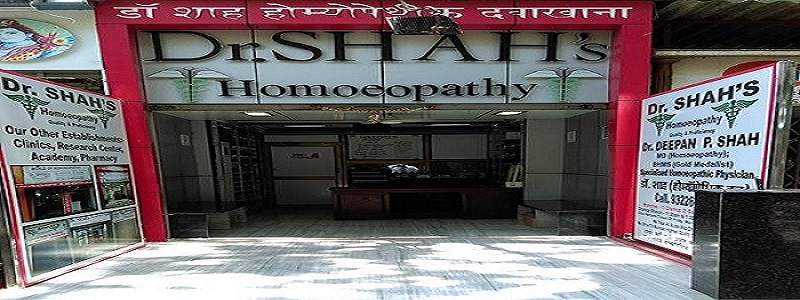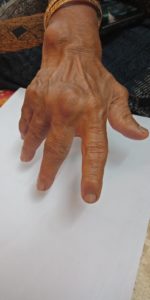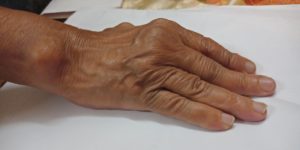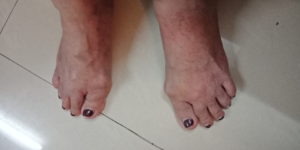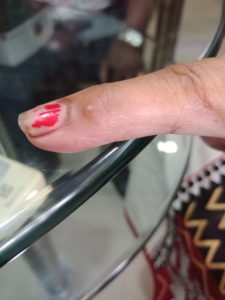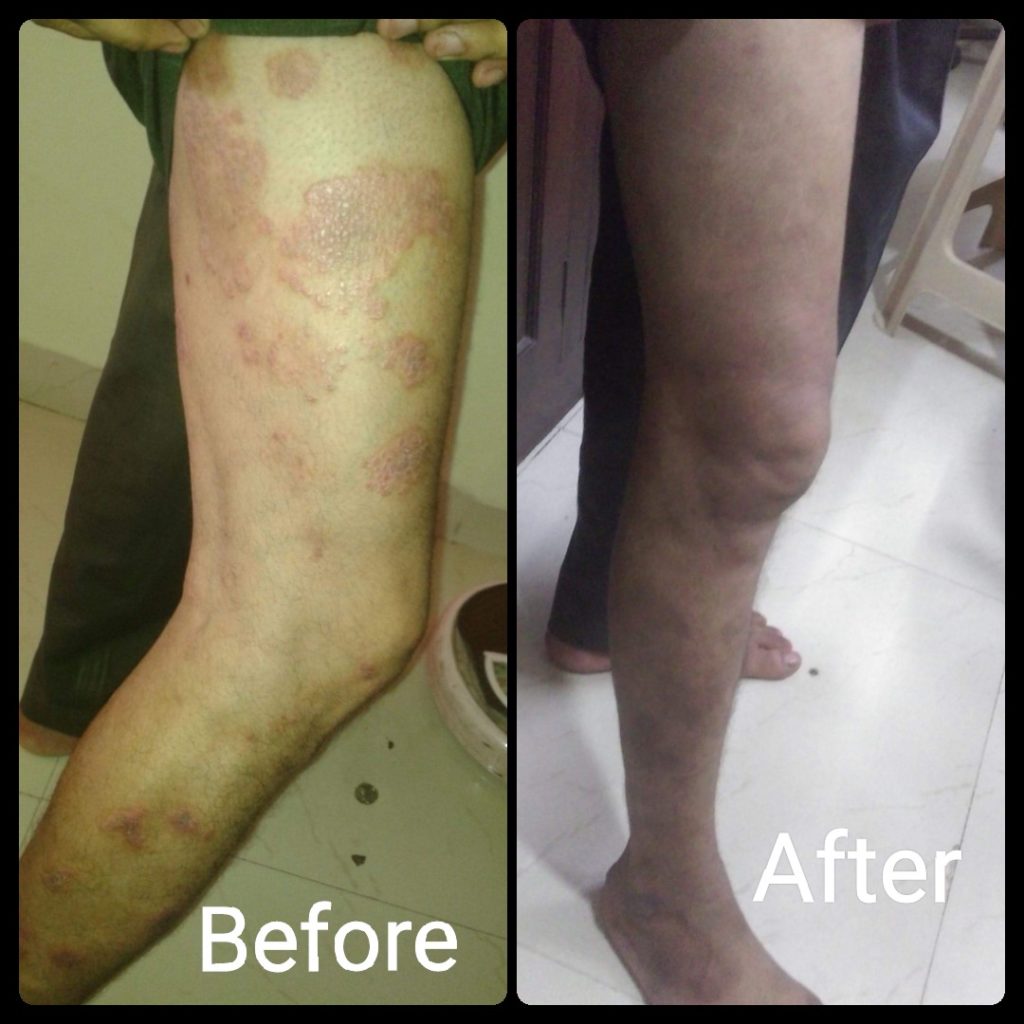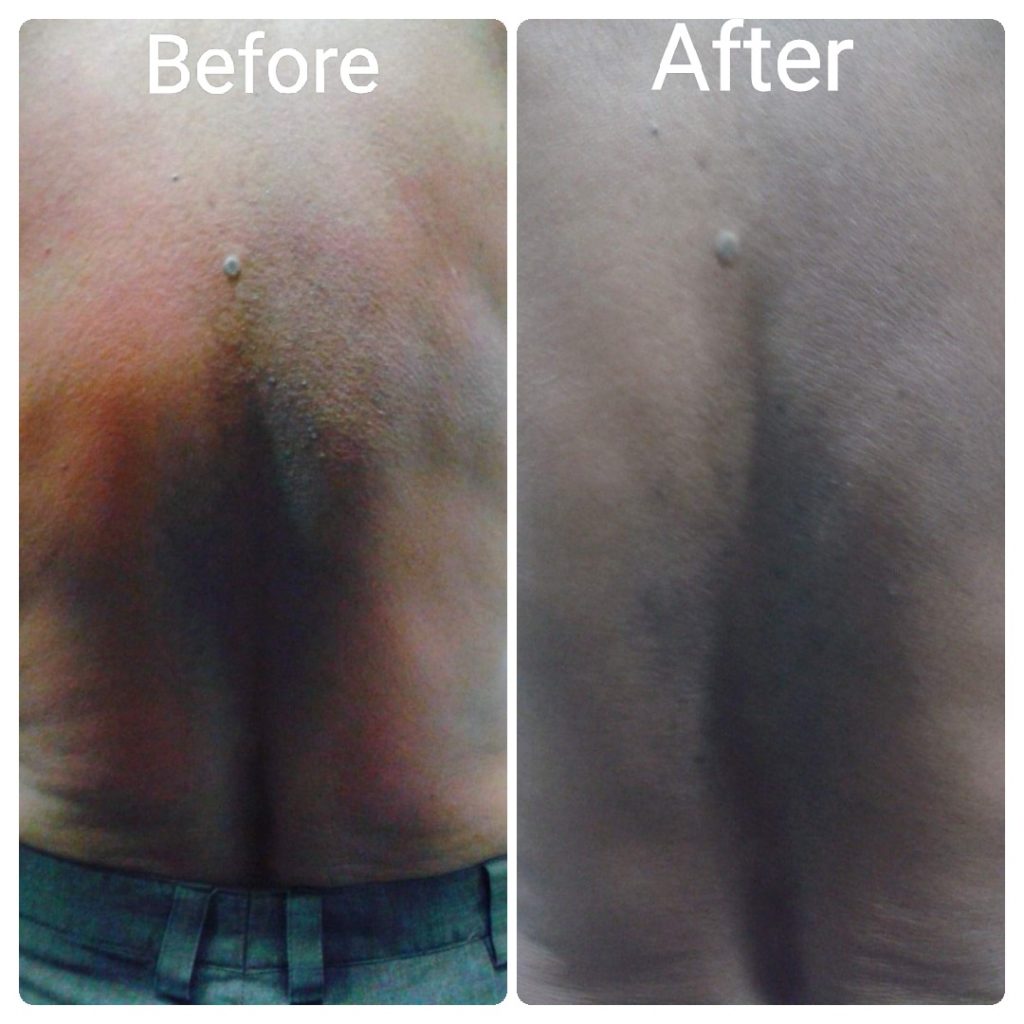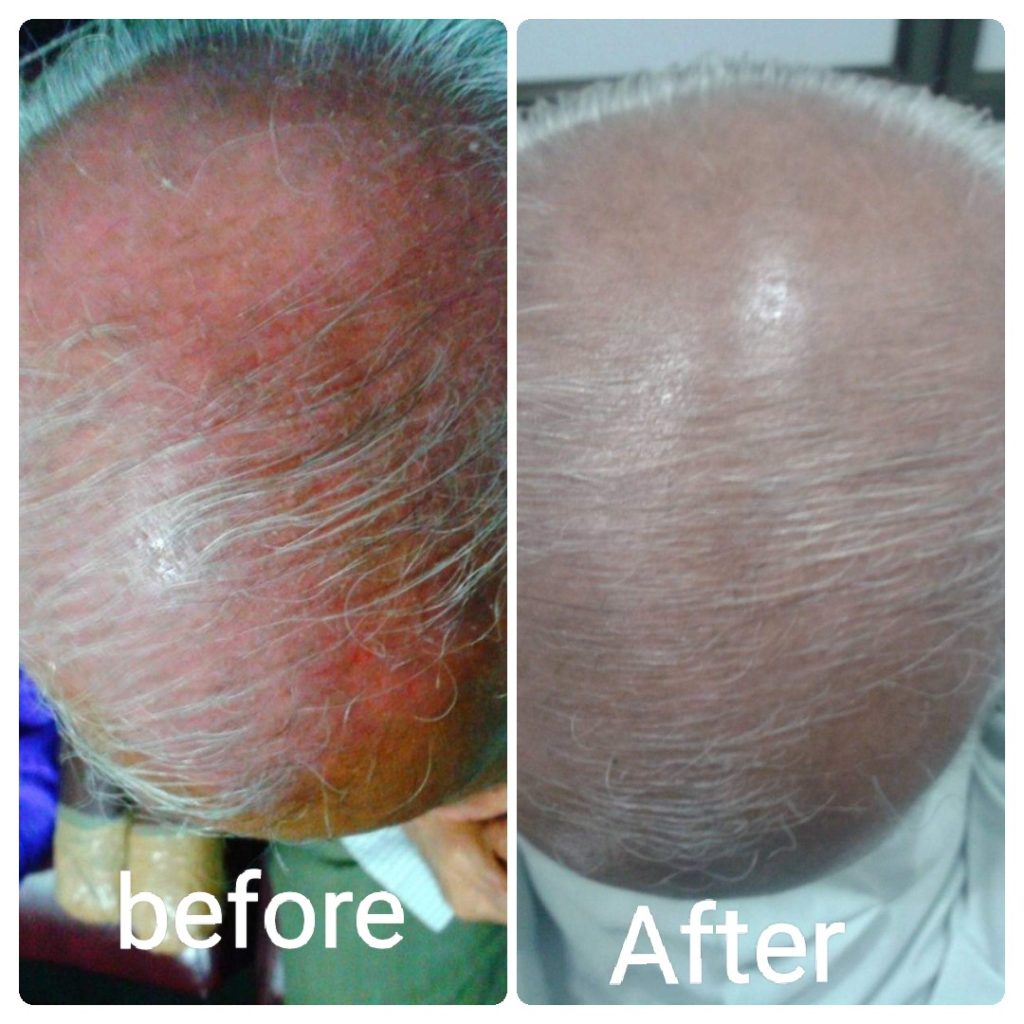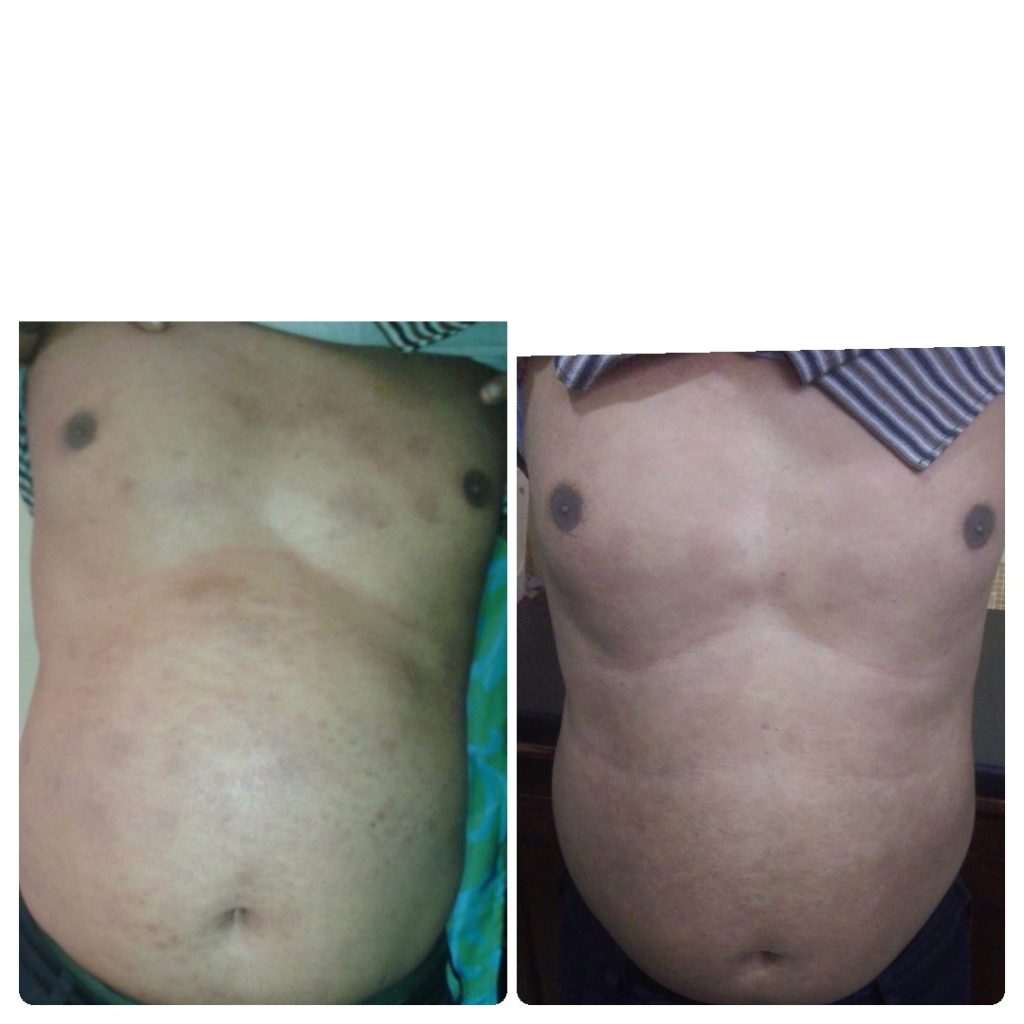SLE or Systemic Lupus Erythematosus or sometime only called Lupus is a chronic systemic autoimmune condition with genetics, nutrition and environment playing a major role in its onset and evolution, its a condition which greatly reduces life expectancy and also causes complications in pregnancy. It falls under disabling disease conditions category though much less than10% cases develops disabilities.
TYPES of SLE
- Acute Cutaneous Lupus
- Sub-Acute Cutaneous Lupus Erthematosus
- Chronic Cutaneous Lupus also called Discoid Lupus Erthematosus
- Neonatal Lupus Erythematosus
- Drug Induced Lupus Erythematosus
EPIDEMIOLOGY of SLE
Lupus was the most google searched topic in healthcare related topics in 2017! Now that is something to be added in Epidemiology section! 😀 hehehe!
Female are affected more with SLE than male, female of child bearing age are affected more with female to male ratio of about 9:1.
African, Caribean and chinese ethnic groups are more prone to this condition.
SIGNS and SYMPTOMS of SLE
GENERAL
Undifferentiating symptoms which are common to other diseases as well.
- Fever
- Fatigue
- Malaise
- Joint pain
- Muscle pain
- Bodyache
- Sleep disturbances
- Psychiatric Disorders
- Poor physical fittness
- Anaemia of chronic disease
- Raynaud’s Phenomenon
SKIN
Majority of cases shows skin manifestation of the condition
- Though the rashes and lesion on skin may vary, the classic sign of SLE on skin is butterfly rashes on face, also called Mallar Rashes and is seen in almost half of the cases with skin lesions.
- If it is Acute type there might not be scaling of skin, not well demarcated distinct edge compared to othe types.
- If it is Subacute type rashes shows scaling of skin with distinct edges.
- And in Chronic type rashes shows thick distinct thick scaling with very well demarcated edges.
- Increased Hairfall is also one of the complaints.
- Ulcers in mucous membranes esp of nose and mouth.
MUSCULOSKELETAL
It affects Small joints especially of fingers and wrist and it very closely mimicks rheumatoid arthritis and psoriatic arthritis making it clinically difficult in making differential diagnosis.
But it is less destructive and disabling compared to other two conditions, only less than 10% cases of SLE will develop deformities and even fewer will have disabilities.
It not only mimicks Rheumatoid Arthritis but it also seems to have very close relation to rheumatoid arthritis.
It significantly increases risks of fractures and also it is associated with facilitation of Osteoarticular Tuberculosis.
HEAMOTOLOGICAL
- Anaemia of chronic disease with low Red Blood cell count
- Low White Blood Cell count
- Anti phospholipid antibody syndrome is a condition where anti-phospholipid antibodies increases Partial Thromboplastin time causing tendency to heamorrhages and it is frequently found positive in patient with SLE and its coexisting is termed as Lupus Anticoagulant Positive.
- Patients with SLE frequently show positive results for Anti Cardiolipin Antibodies as well, and patients with these antibodies sometimes shows false positive results for Syphillis.
CIRCULATORY SYSTEM AND HEART
- Artheroscelerosis – Thickening and deposition of cholestrol plaque in blood-vessel walls which may also give rise to Ischemic Myocardial diseases like Myocardial Infarction.
- Vasculitis – Inflamation of blood-vessels in some cases
- Endocarditis – Inflamation of inner linning of heart, when due to SLE its termed as Libman-Sacks Endocarditis
- Pericarditis – inflamation of outer layers and and surrounding tissues.
- Myocarditis – Inflamation of cardiac muscles.
- It may also cause inflamation of Mitral and Tricuspid valves of heart.
LUNGS
- Pleurisy – Inflamation of pleura.
- Pneumonitis – Inflamation of lungs.
- Interstitial Lung Disease
- Pulmonary Embolism
- Pulmonary Heamorrhage
- All these complications and chronic inflamatory processes causes Shrinking Lung Syndrome where there is reduction in lung volume.
REPRODUCTIVE
30 % of pregnancy has comolications like
- Fetal Death
- Spontaneous Abortion
- Still Birth
Prognosis is worse in those who get aggravations in SLE duringbpregnancy.
Neonatal Lupus Erythematosus
Child born to mother with SLE shows symptoms of Discoid Lupus Erythematosus with
- Heart block
- Splenomegaly – Enlargement of Spleen
- Hepatomegaly – Enlargement of Liver
- Neonatal SLE is self limiting condition and in most cases recovers on its own.
RENAL (Kidney)
- Painless Heamaturia – Blood in urine.
- Painless Proteinuria – Protein in urine.
- Lupus Nephritis leading to terminal Renal failure.
- Histologically it shows its classical appearance of Membranous Glomerulonephritis with Wire-Loop Abnormailities due to deposition of Immune Complexes in Basement Membrane.
NEUROPSYCHIATRIC (NP-SLE)
If any Neuro-Psychiatric is caused dur to SLE its called NPSLE Neuro-Psychiatric Systemic Lupus Erythematosus
There are atleast 12 Central Nervous System related and 7 Peripheral Nervous System relate manifestation of SLE that are being observed in patients with SLE.
Central Nervous System(85-90% of all NPSLE)
- Headache
- Anxiety Disorder
- Mood Disorder
- Acute Confusional state
- Psychosis
- Movement Disorder
- Cognitive Dysfunction
- Seizure Disorder
- Myelopathy
- Aseptic Meningitis
- Cerebrovascular diseases
- Demyelinating Syndrome
Peripheral Nervous System(10-15% of all NPSLE)
- Acute Inflamatory Demyelinating Polyradiculoneuropathy
- Autonimic Disorder
- Mononeuropathy
- Myasthenia Gravis
- Cranial Neuropathy
- Plexopathy
- Polyneuropathy
DIAGNOSIS of SLE
SLE is considered amongst one of the prototype disease as its very difficult to differentiate from many other autoimmune conditions as they share in common majority of signs and symptoms making its diagnosis very difficult, It much depends on clinical picture of the disease and investigations after that there are many criterias based on clinical symptoms coupled with laboratory tests based on which a person can arrive at some conclusion though not absolutely sensitive and specific to confirm diagnosis in every case but fair enough.
LABORATORY TESTS
ANA detection by direct or indirect immunoflorescence
ANA test detects many different subtypes of ANA related to many other autoimmune conditions as well with many overlapping eachother of which
- Anti- Double Strand DNA Antibodies most specific of all present in almost 70% cases of SLE with only 0.5% non-SLE cases has t in them.
- Anti-Smith DNA Antibodies present in most of the cases of SLE and not frequently found in non-SLE person.
- Anti- Histone Antibodies present in Drug Induced SLE
- Anti- U1 RNP antibodies – non specific also appears in other conditions like Systemic Sclerosis
- Anti- Ro or SS-A and Anti- La or SS-B – non specific for SLE but more Specific to Sjogrene syndrome, but its present in many of the cases of neonatal lupus with heart involvement in particular.
Other Tests
Anti-ENA Test
Lupus Cell Test – It was used in past as it used to show positive in 50-70% SLE cases but was not specific to SLE and used to be present in many cases of many other conditions like RA Scleroderma etc.
DIAGNOSTIC CRITERIA OF AMERICAN COLLEGE OF RHEUMATOLOGY.
Its a stringent criteria developed by American College of Rheumatology, so that non of non-SLE cases should filter in, so many of the SLE cases are also filtered out.
The criteria is that if any patient shows any of the four symptoms out of eleven simultaneously or serially in more than one occasion than he is considered to be positive for SLE.
- Mallar Rash/ Butterfly rash on cheeks; Sensitivity of 57% and Specificity of 96%.
- Discoid Rash; Sensitivity of 18% and Specificity of 99%.
- Serositis, Inflamation of serous membranes around heart (more specific) and lungs(more sensitive); Sensitivity of 56% and Specificity of 86%.
- Mucosal Ulcers of oral cavity and nasopharynx; sensitivity of 27% and specificity of 96%.
- Arthritis, non-erosive with more than two joints involved with tenderness swelling and effusion; Sensitivity of 86% and Specificity of 37%.
- Photosensitivity, Ligh causes aggravation in skin rashes or other Lupus related complaints; Senitivity of 43%and Specificity of 96%.
- Non Drug Induce : Hemolytic Anaemia, Leucopenia, Lymphopenia, Thrombocytopenia; Sensitivity of 59% and Specificity of 89%.
- More than 0.5g of total protein in urine in a day or cellular cast seen in urine under microscope; Sensitivity 51% and Specificity of 94%.
- Anti- Nuclear Antibody positive; Sensitivity of 99% and specificity of 49%.
- Positive Anti- Smith, Anti- Double Strand DNA, Positive Anti- Phospholipid Antibody, False Fositive Serological test for Syphillis; Sensitivity 85% and Specificity of 93%; Presence of Anti- ssDNA in 70% of cases.
- Neurological disorder Seizure or psychosis; Sensitivity of 20% and Specificity of 98%
This is a very stringent criteria used for research purpose if we go through we may falsely conclude negative diagnosis and miss out on diagnosing many patients who are suffering from SLE
Aslo it misses out on certain factors like antiphospholipid anti bodies which has strong association with SLE there are many cases who are anti phospholipid antibody positive but are not fitting in above ACR criteria but still they are having SLE.
So more practicle approach widely used is through the Recursive Partitioning which has two classification trees
The Simplest Classification Tree – If patient has any immunological disorder with positive anti- Smith antibody, anti- DNA antibody, false positive serology test for Syphillis, presence of Lupus cells or Mallar rash/butterfly rash, then the person is diagnosed as positive for SLE; specificity of 92% and sensitivity of 92%.
Full Classification Tree : It uses six criterias; sensitivity of 97% and specificity of 95%
HOMOEOPATHIC MEDICINES FOR SLE
I have seen homoeopathy work wonders in SLE especially in cases with NPSLE because then the disease becomes very expressive about itself, it shows itself not only on skin and joints but also on Neuropsychiatric sphere which show various symptoms typically different in each individual and this is what is required in homeopathic medicine selection, that the body is expressing itself in mental sphere which makes remedy selection easier.
Always a proper case taking needs to be done in deep seated chronic autoimmune conditions like this and a deep acting polycrest remedy should be selected after proper repertorisation as per each individual constitution and constitutional treatment is the only permanant solution for such conditions.
Still some theraputic indications are given which can be helpful guide and can be used as per the symptomatology in course of disease if indicated intercurrently or during acute excerbations of disease showing following symptom.
-
BELLADONNA
– Typically suited in Mallar rash or Bitterfly rash of Syetemic Lupus Erythemotosua with symptoms of Neuro-Psychiatric SLE (NPSLE) where CNS involvement is markedly noted also suits in PNS symptoms of NPSLC
-
MERCURIOUS SOLUBILIS
Whenever in case of lupus there are oral and/or naso-pharyngeal ulceration this remedy is very well suited
-
BORAX
Again this is best suited in mucosal ulceration but in this remedy the ulceration are more marked in oral mucosa than in nasopharynx.
-
SYPHYLLINUM
A nosode a dose can be given intercurrent as anti miasmatic of the cases that shows syphillitic miasma in the background also useful in cases showing painless red mallar rash or butterfly rash with much thickening and exfoliation especially like in Chronic Lupus Erythemotosus, also suited well in ulcerations of oral and nasopharyngeal mucosa.
-
CINCHONNA OFFICINALIS
In cases with signs of hemolytic anaemia wether due to disease ot allopathic medicines, it will work wonders in both the cases.
-
FERRUM PHOSPHORICUM
Where the patient has febrile condition due to disease with malaise, fatigue, Hairloss and aneamia duw to lupus or its medicines, can also be givem in low potencies in biochemic form along with other medicines
-
FERRUM METALLICUM
Red acute rash typically in acute lupus erythematosus with involvement of oral mucosa, also in later chronic stages when there is are signs of anaemia of chronic disease of hemolytic anaemia
-
RHUS TOXICODENDRON
Works wonders in cases of lupus where it not only acts on skin but also wonderfully acts on the joints and musculoskelwtal complaints the disease shows.
-
HYOCYAMUS
In patients with symptoms of NPSLE.
-
ACONITE NAPELLUS
in acute violent spells of relaopse and aggravations with symptoms of NPSLE like mental restlessness and has fear fright and anxiety in general and fear of death in particular.
-
RHUS VENENTA
